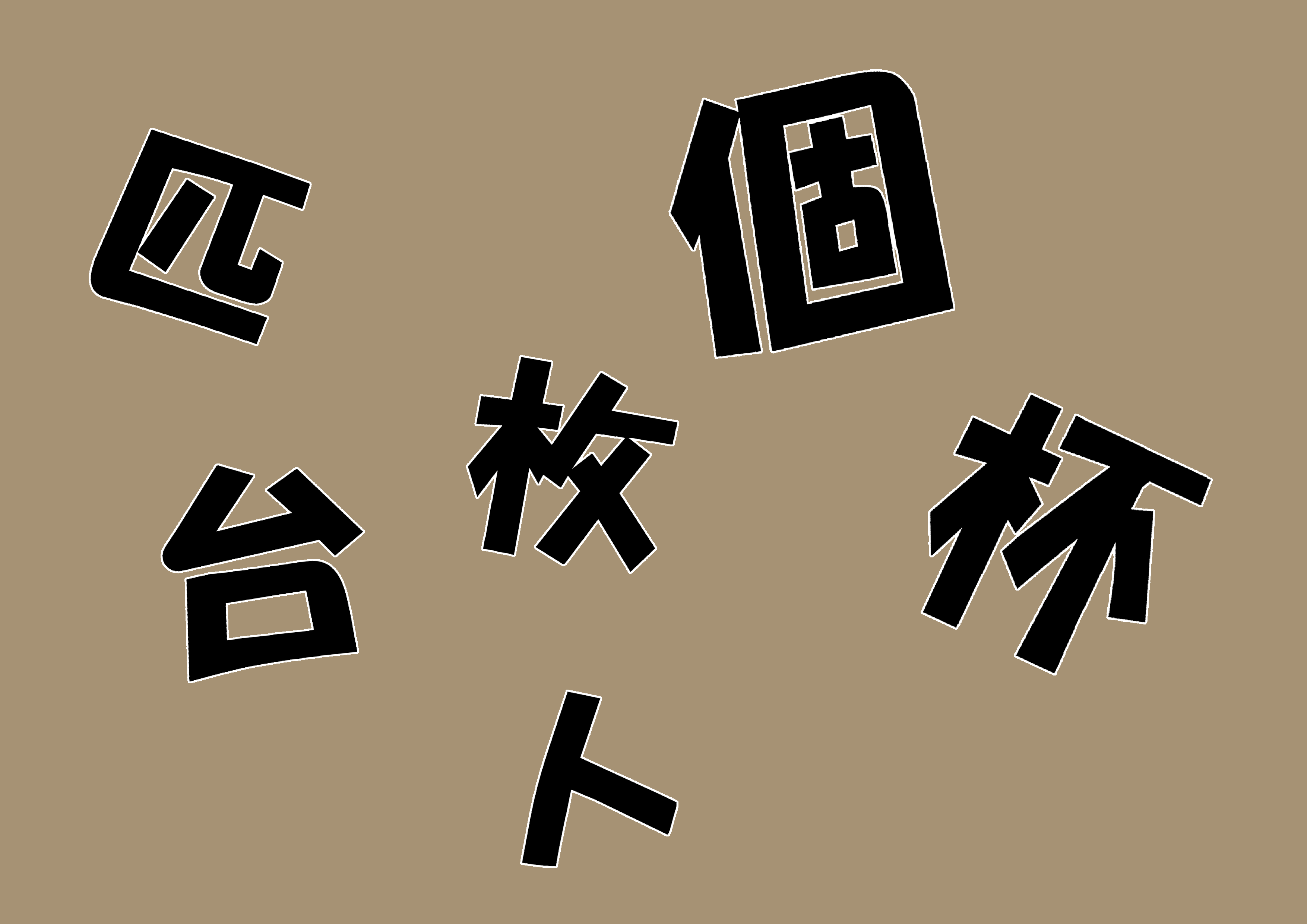The Japanese language has words for quantities of things and matters. In English-speaking countries, they are often called “counter words”, right? “○人” is for the word counting the number of people, and “○匹” for the word counting the number of animals or etc. The number of dishes and food items usually is counted using words such as “○杯”, “○皿”, or “○本”. These are the words you from other languages will often see and hear when coming to Japan. In other languages, such as Chinese, Korean, and languages of Southeast Asian countries, it seems to be used in daily life. Japanese “counter words” are very varied. In addition to the above examples, some of them are used very frequently, such as”○個”, “○枚” and “○冊”, while many others are used only for counting certain items. In addition, Japanese is a language that often incorporates words from other languages as “foreign words” and uses them as is, so there are many types of “counter words”. For example, “○set(セット)”, “○pack(パック)”, “○piece(ピース)”, “○sheet(シート)”, and so on… According to one theory, there are hundreds of “counter words” in Japan… Well, aside from rarely used Japanese “counter words”, it may be convenient to remember some of the rules of use for frequently used ones. The following is a list of simple rules for the use of Japanese “counter words” that are often used in daily life. Please refer to them if you like.
・Number of persons : ○人(nin)
・Number ofAnimals (mammals, reptiles, amphibians, fish, insects) : ○匹(hiki)
・Animals (birds) : ○羽(wa)
・Drinks (cups, mugs, etc.) : ○杯(hai)
・Drinks (bottled and canned) : ○本(hon)
・Dishes : ○皿(sara, plate)
・Dishes (rice bowls, noodles, etc.) : ○杯(hai)
・Books : ○冊(satsu)
・CD, DVD, Blu-ray Disc, etc.:○枚(mai)
※Vol. number of books or video/audio media : ○巻(kan)
・Machinery & Equipments:○台(dai)
・Clothing (tops):○着(chaku)
※underclothes : ○枚(mai)
・Clothing (bottoms) : ○本(hon)
※Type of skirts : ○枚(mai)
・Clothing (footwear) : ○足(soku)
・Thin and flat shape ones : ○枚(mai), ○シート(sheet)
・Elongated shape or string-like ones : ○本(hon)
・Ones with multiple items grouped together:○セット(set), ○パック(pack), ○組(kumi)
・Automobiles : ○台(dai)
・Ships : ○艘(sou)
・Airplane / Helicopter / Drone etc. : ○機(ki)
・The other ones : ○個(ko)
※For ones other than humans, animals, or other living creatures, and for which not clear the categories.
As a matter of fact, the rules for using Japanese “counter words” are quite vague. If you understand the above examples, you will not have much of a problem in your daily life in Japan. However, if you try to use them strictly and correctly, it would be very difficult because the distinction between them is quite detailed. For large mammals such as cows and horses, the term “○頭” is often used instead of “○匹”. The “counter words” for counting fish and shellfish are often special, and the words used to count squid, shrimp, sea urchins, etc. differ depending on whether they are counted as living creatures or as foodstuffs. There are several foodstuffs and dishes that have their own specific “counter words”. Many of you may know that nigiri-sushi is counted in “○貫(kan)”. Other examples, tofu is counted using “○丁(cho)” and bread is counted using “○斤(kin)”. In addition to these examples, there are many examples where the same word is used for completely different types of items (e.g., gun : ○丁(chou), sugar : 斤(kin), etc.), which can be difficult even for Japanese to distinguish. What do you think is the reason for such great diversity in Japanese “counter words”? The main reason for this, as mentioned above, is that Japanese is a language that often incorporates words from other languages as “foreign words” and uses them as they are. In particular, Japanese “counter words” have been greatly influenced by the Chinese language, which uses Kanji characters. The Japanese have taken the names of items used in Chinese as foreign words and made them into units of quantity. In addition, they have been adding their own “counter words” to the Japanese language… Interesting, isn’t it? We hope you will all do your own research as well.




